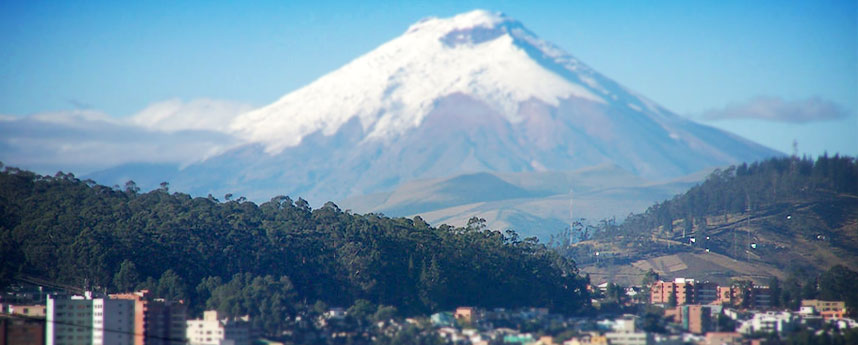Americans get a bad rap for not being able to speak a language other than English and that includes their global representative and leader—POTUS or The President of the United States. While heads of state from other countries can give speeches or press conferences in another language (English, more frequently than not) we always see American presidents with an interpreter in tow or just plain speaking in English like to a crowd of Germans at the Brandenburg Gate. Is this image representative of the American capacity to speak another language?
American Presidents Speaking Foreign Languages
Surprisingly, of the 44 presidents that have occupied the office, more than half have had exposure to another language and achieving a level that may not be fluency but certainly enough to read and understand a language other than English. But, this piece of information also comes with an asterisk. Many of the Presidents that have understood another language were taught Greek and Latin which count, obviously, as another language.
John Adams was the second president of the US, he was a Founding Father, the first Vice-President, diplomat and a 5th generation descendant of the first Pilgrim settlers. Originally destined to become a church minister, Adams was taught Latin at an early age in preparation for his entrance to Harvard College where he went when he was sixteen. Later, he would also become fluent in French.
Like Adams, 12 of the 23 presidents from the 19th century were fluent in Latin while some were also fluent in Greek such as Thomas Jefferson (#3) and James Madison (#4). But Greek and Latin don’t really win over crowds. So what 19th century presidents were fluent in a language that was actually spoken outside of the university? Well, as mentioned earlier, Thomas Jefferson was fluent in Greek and Latin but he also knew Hebrew (!), French and Spanish. It is said that Jefferson taught himself to read and write Spanish on a nineteen-day boat ride across the Atlantic!
John Quincy Adams (#6) was also multi-lingual speaking Latin, French and German along with a little Greek and Dutch. Speaking of Dutch, Martin Van Buren (#8) has been the only American president to learn English as a second language since Dutch was his first language. Growing up in a small Dutch community in New York, Van Buren learned English during his primary education. Curiously, his wife, Hannah, never lost her Dutch accent. Apart from Greek or Latin, American presidents would hit a communicative dry spell until Theodore Roosevelt (#26) became president.
Roosevelt was homeschooled and learned French, German, Latin and Greek. Like some other presidents, he passed through the gates of Harvard when classical languages were still required for getting in (this would not begin to change until 1892). It appears as though Teddy had other things on his mind other than Cicero and he ended up just getting by and would never claim to have fluency in either of the classical languages. With Teddy Roosevelt, the golden age of multi-lingual Presidents would come to an end.
From the 20th century to the present, language has taken a back seat in the priorities and education of the American President. From Obama (#44) to Taft (#27) here are the Presidents that have fluent non-English language skills:
--Woodrow Wilson (#28) knew French and German.
--Hoover (#31) knew Latin and Mandarin Chinese (from when he worked in China as a mining engineer).
--Franklin Roosevelt (#32) knew French and German. And that’s it.
Jimmy Carter (#39) knows a little Spanish, Clinton (#42) a bit of German and George W. Bush—or just “W”—(#43) knows a little Spanish too which is something he used, more or less successfully, during his presidency. Barack Obama has spoken (or read) Spanish but admittedly doesn’t know it or another language. On the campaign trail he has admitted this by saying “I don’t speak a foreign language. It’s embarrassing”.
As we can see, the list of presidents that speak or have spoken another language, while on paper, is very positive. But, the result is skewed due to the style of education that was in place in America prior to the 20th century. But even in 19th century America where people were educated in classical languages, you surely wouldn’t have been able to order a meal at a restaurant in Boston by saying: Ígnósce mihí! Ésurió.
Today, knowing another language is useful for many things and in our increasingly globalized world maybe another 19th century-style emphasis on languages is needed. Considering that in the US, Spanish is the number two language spoken and in States like California, where Latinos will surpass non-Hispanic whites in numbers, Spanish will continue to grow in importance. Just to give you an idea…in 2050, it is projected that the United States will be the largest Spanish Speaking country in the world and 10% of the world’s population will be Spanish Speakers.
American presidents are a reflection of American Society and right now the United States is undergoing a tremendous demographic shift which includes migration towards areas that have traditionally not been receivers of immigrants. A clear example today is the fact that Swahili is the most spoken African language in Kansas! In the United States, knowledge of languages will be more and more of a necessity and should not be considered as just another elective in school.
Before, a President speaking another language was a novelty: remember Kennedy’s famous “Ich bin ein Berliner” when he stood up to the threat of Communist Europe? Today, the ability to speak the language of wherever you may find yourself is very practical and considered something positive and welcoming. In the future, for an American president, it may also be politically savvy and essential for survival.


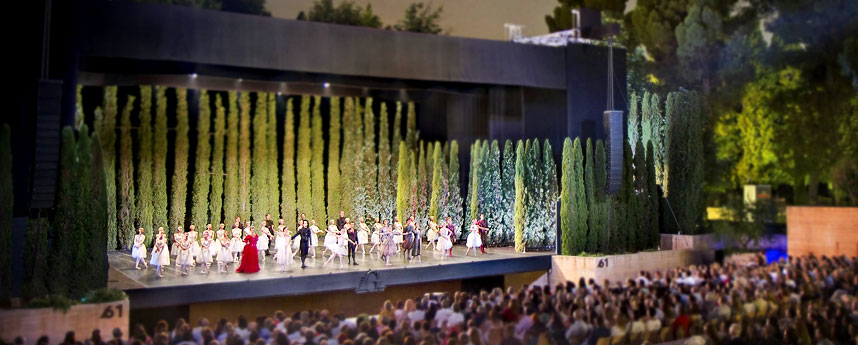








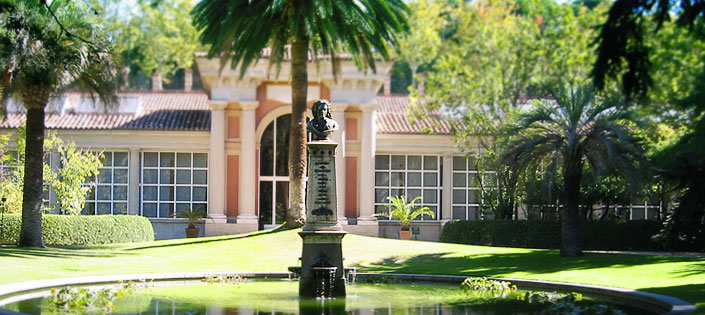
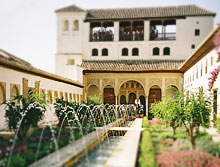 1. El Generalife
1. El Generalife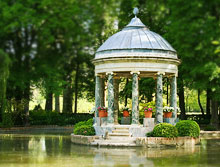 2. The Aranjuez Gardens
2. The Aranjuez Gardens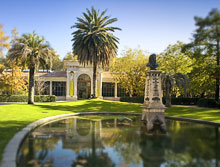 3. The Royal Botanical Garden of Madrid
3. The Royal Botanical Garden of Madrid 4. Jardín de Aclimatación de La Orotava
4. Jardín de Aclimatación de La Orotava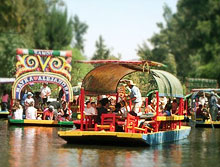 5. The Floating Gardens of Xochimilco
5. The Floating Gardens of Xochimilco 6. The Japanese Garden of Buenos Aires
6. The Japanese Garden of Buenos Aires 7. Huerto del Cura
7. Huerto del Cura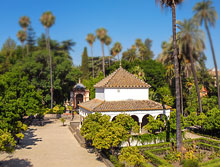 8. The Alcázar Garden
8. The Alcázar Garden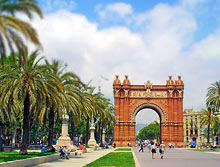 9. Ciudadela Park
9. Ciudadela Park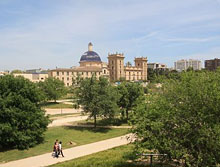 10. Turia Garden
10. Turia Garden